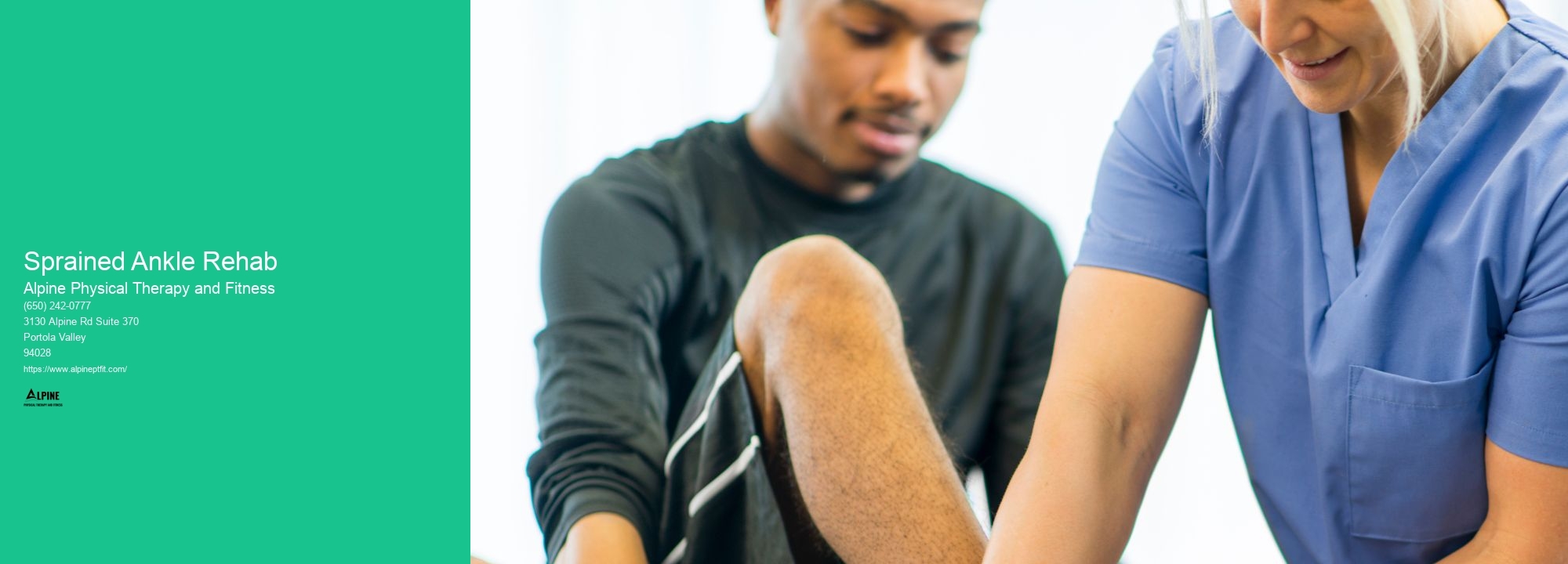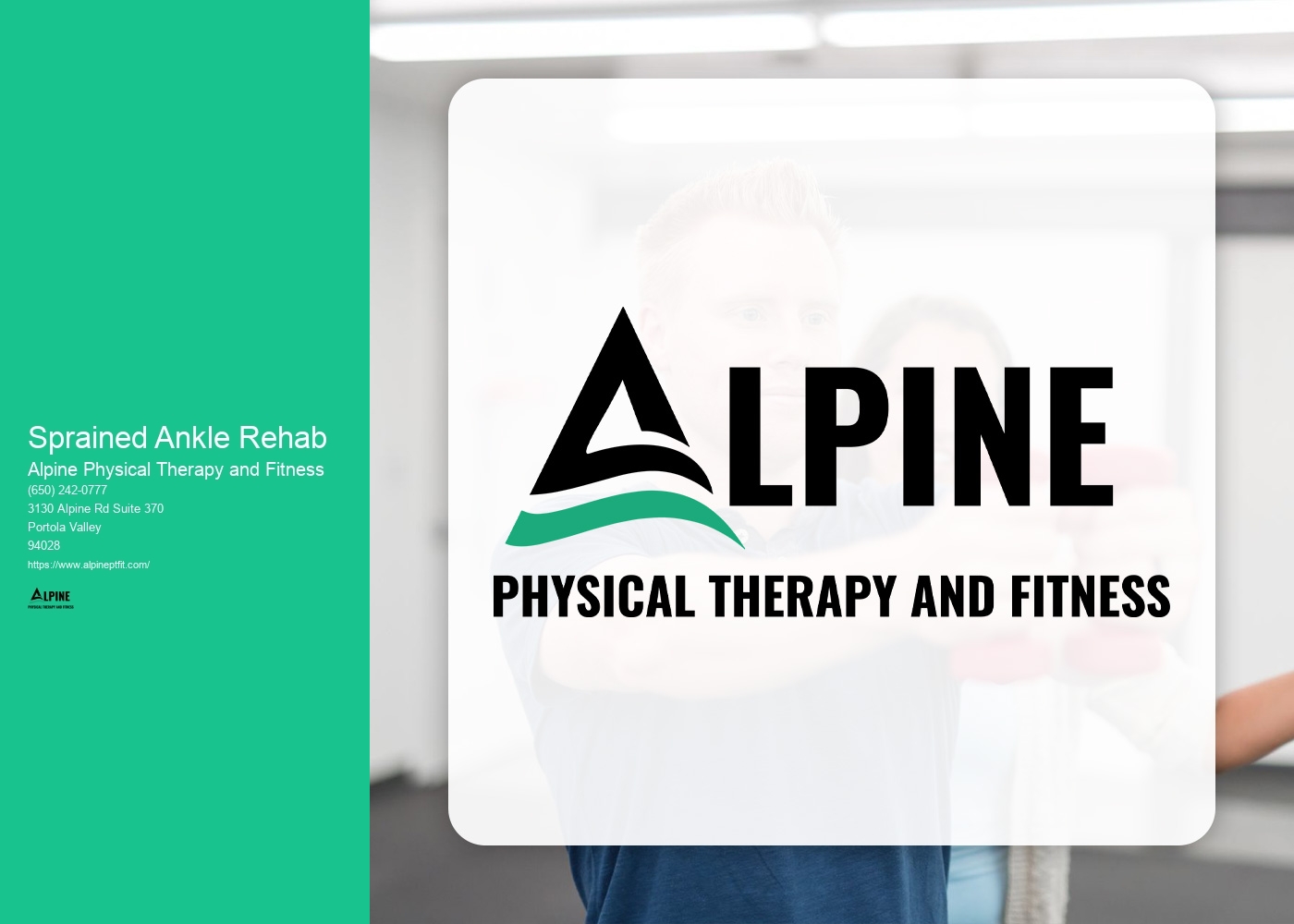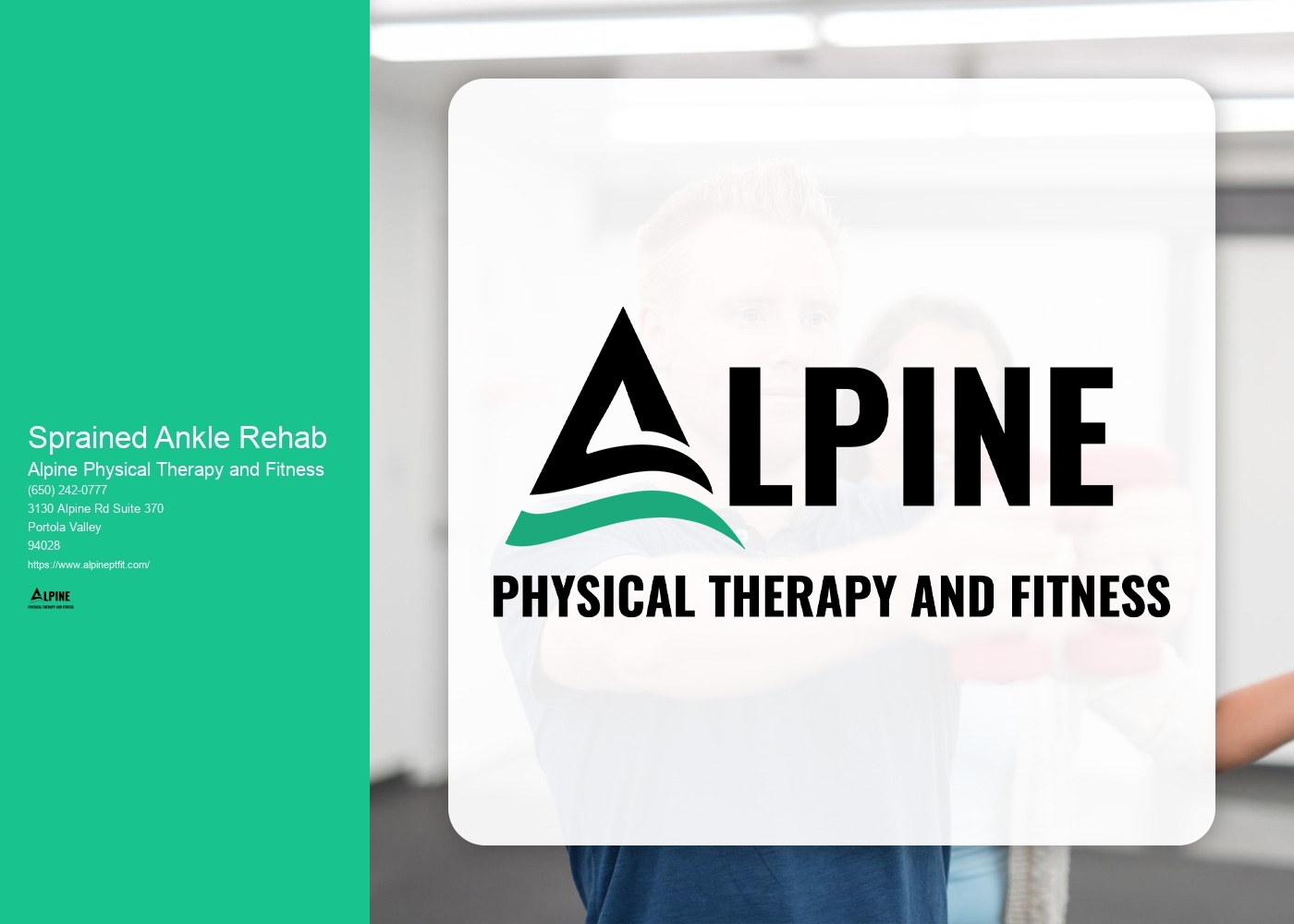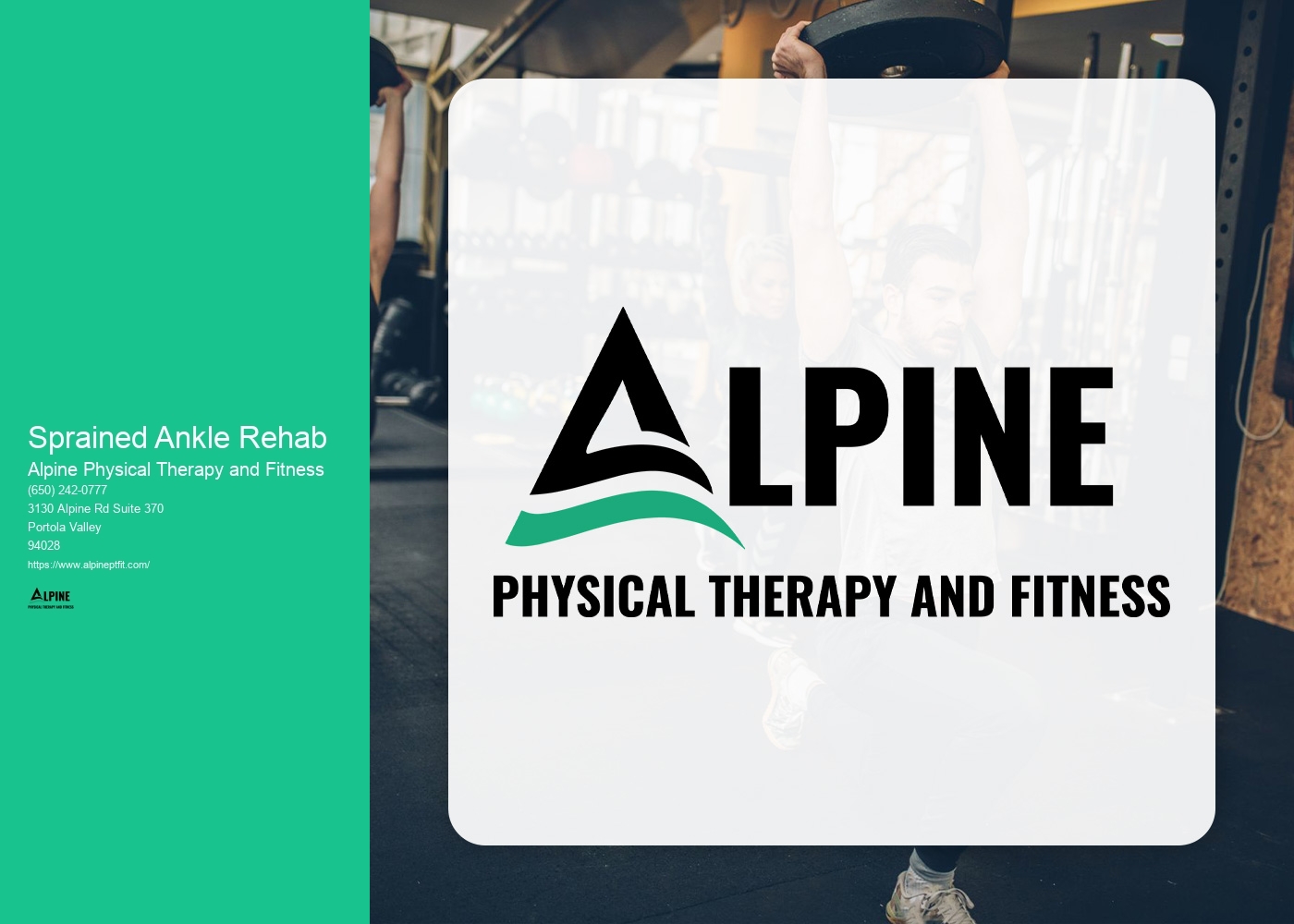

Recovering from a sprained ankle can vary depending on the severity of the injury. In general, it can take anywhere from a few weeks to several months for a sprained ankle to fully heal. The healing process involves reducing pain and swelling, restoring range of motion, and strengthening the ankle. It is important to follow a comprehensive rehabilitation program to ensure a full recovery.
When it comes to rehabilitating a sprained ankle, there are several exercises that can be beneficial. These exercises focus on improving strength, stability, and flexibility of the ankle. Some examples include ankle circles, calf raises, heel-to-toe walks, and balance exercises. It is important to start with gentle exercises and gradually increase intensity as the ankle gets stronger.
While rehabilitating a sprained ankle, it is generally recommended to avoid high-impact activities that put excessive stress on the ankle. However, it is still possible to participate in physical activities that do not aggravate the injury. Low-impact exercises such as swimming, cycling, and upper body strength training can be a good option. It is important to listen to your body and avoid any activities that cause pain or discomfort.

Stretching is an important component of ankle sprain rehab. Some specific stretches that can help with ankle sprain rehab include calf stretches, Achilles tendon stretches, and ankle dorsiflexion stretches. These stretches help improve flexibility and range of motion in the ankle joint. It is important to perform these stretches gently and gradually increase the intensity as the ankle heals.
In the early stages of a sprained ankle, ice is generally recommended to reduce pain and swelling. Applying ice for 15-20 minutes every 2-3 hours can help alleviate symptoms. After the initial swelling has subsided, heat therapy can be beneficial for promoting blood flow and relaxation of the muscles. Heat can be applied using a warm towel or a heating pad for 15-20 minutes at a time.

During ankle sprain rehab, it is important to avoid certain common mistakes that can hinder the healing process. One common mistake is returning to physical activity too soon, before the ankle is fully healed. This can lead to reinjury and delay the recovery process. Another mistake is neglecting to follow a proper rehabilitation program, including exercises and stretches. It is important to be consistent and dedicated to the rehab process to achieve optimal results.
If you experience severe pain, inability to bear weight on the ankle, or if the swelling does not improve after a few days, it is recommended to seek medical attention for a sprained ankle. These symptoms may indicate a more serious injury, such as a fracture or ligament tear. A healthcare professional can provide a proper diagnosis and recommend appropriate treatment options to ensure a full recovery.

The Graston Technique is a specialized form of manual therapy that is commonly used in physical therapy to treat a variety of musculoskeletal conditions. This technique utilizes specially designed stainless steel instruments to effectively detect and treat soft tissue restrictions and adhesions. The Graston Technique can be applied to various areas of the body, including the neck, back, shoulders, hips, knees, and ankles. It is particularly effective in addressing conditions such as plantar fasciitis, carpal tunnel syndrome, tennis elbow, rotator cuff injuries, and Achilles tendonitis. By using the Graston Technique, physical therapists are able to effectively break down scar tissue, improve range of motion, reduce pain, and promote tissue healing.
Physical therapy plays a crucial role in managing spinal cord injuries by providing comprehensive rehabilitation and promoting functional recovery. The primary goal of physical therapy is to improve the patient's mobility, strength, and overall physical function. This is achieved through a variety of techniques, including therapeutic exercises, manual therapy, and assistive devices. Physical therapists also focus on addressing secondary complications that may arise from spinal cord injuries, such as muscle weakness, spasticity, and loss of balance. They work closely with the patient to develop personalized treatment plans that target specific impairments and help them regain independence in activities of daily living. Additionally, physical therapy plays a vital role in educating patients and their families about proper body mechanics, injury prevention, and adaptive strategies to enhance their quality of life. Overall, physical therapy is an essential component of the multidisciplinary approach to managing spinal cord injuries, aiming to optimize functional outcomes and promote long-term well-being.
Physical therapy can be a valuable treatment option for women experiencing painful sexual intercourse, also known as dyspareunia. By addressing the underlying causes of the pain, physical therapy aims to improve sexual function and overall quality of life. A skilled physical therapist can assess the pelvic floor muscles and identify any muscle imbalances, tension, or weakness that may be contributing to the pain. Treatment may involve a combination of manual therapy techniques, such as myofascial release and trigger point release, to release muscle tension and improve flexibility. Additionally, therapeutic exercises can be prescribed to strengthen and stabilize the pelvic floor muscles, promoting better control and coordination during sexual activity. Education on relaxation techniques, breathing exercises, and proper body mechanics may also be provided to help women manage pain and optimize sexual function. Overall, physical therapy offers a holistic approach to addressing dyspareunia, focusing on the physical and emotional well-being of women.
Aquatic therapy has been found to be an effective method for balance training in older adults. The buoyancy provided by the water helps to reduce the impact on joints, making it a safe and low-impact option for individuals with balance issues. The resistance of the water also provides a gentle challenge to the muscles, helping to improve strength and stability. Additionally, the hydrostatic pressure of the water can enhance proprioception and body awareness, which are important factors in maintaining balance. Overall, aquatic therapy offers a unique and beneficial approach to balance training for older adults.
Physical therapy plays a crucial role in the post-surgery rehabilitation for rotator cuff repair. Following a rotator cuff repair surgery, physical therapy aims to restore the strength, flexibility, and range of motion of the shoulder joint. The physical therapist will design a personalized exercise program that includes a combination of stretching, strengthening, and mobility exercises. These exercises target the muscles and tendons surrounding the rotator cuff, helping to improve muscle strength, increase joint stability, and promote healing. Additionally, physical therapy may include modalities such as heat or cold therapy, ultrasound, or electrical stimulation to reduce pain and inflammation. The therapist will also provide education on proper body mechanics and techniques to prevent re-injury. Overall, physical therapy is essential in facilitating the recovery process and optimizing the functional outcomes for individuals undergoing rotator cuff repair surgery.